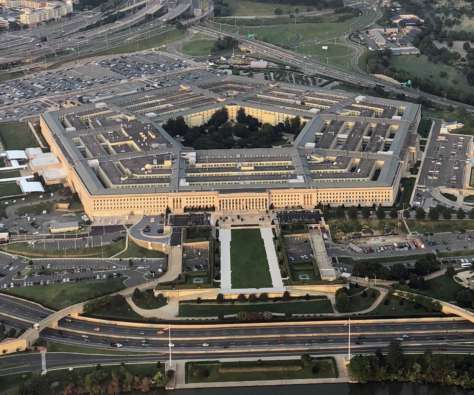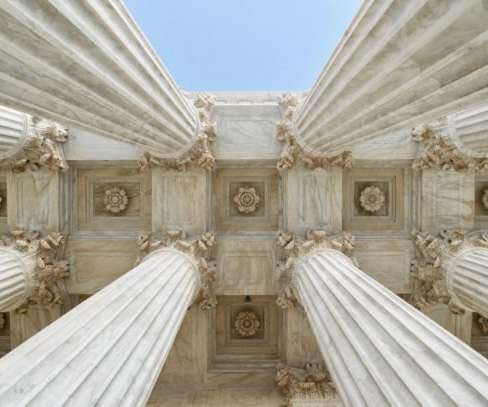Intellectual Property Rights and Federally Funded Research
LexBlog IP
OCTOBER 24, 2022
Under typical Phase 1 contracts with the Department of Defense (DoD), such as the Air Force Research Lab (AFRL), default ownership of domestic and international intellectual property rights belong to the Contractor. The inventor of the invention and the corresponding contract number that the agreement was conceived under.












Let's personalize your content